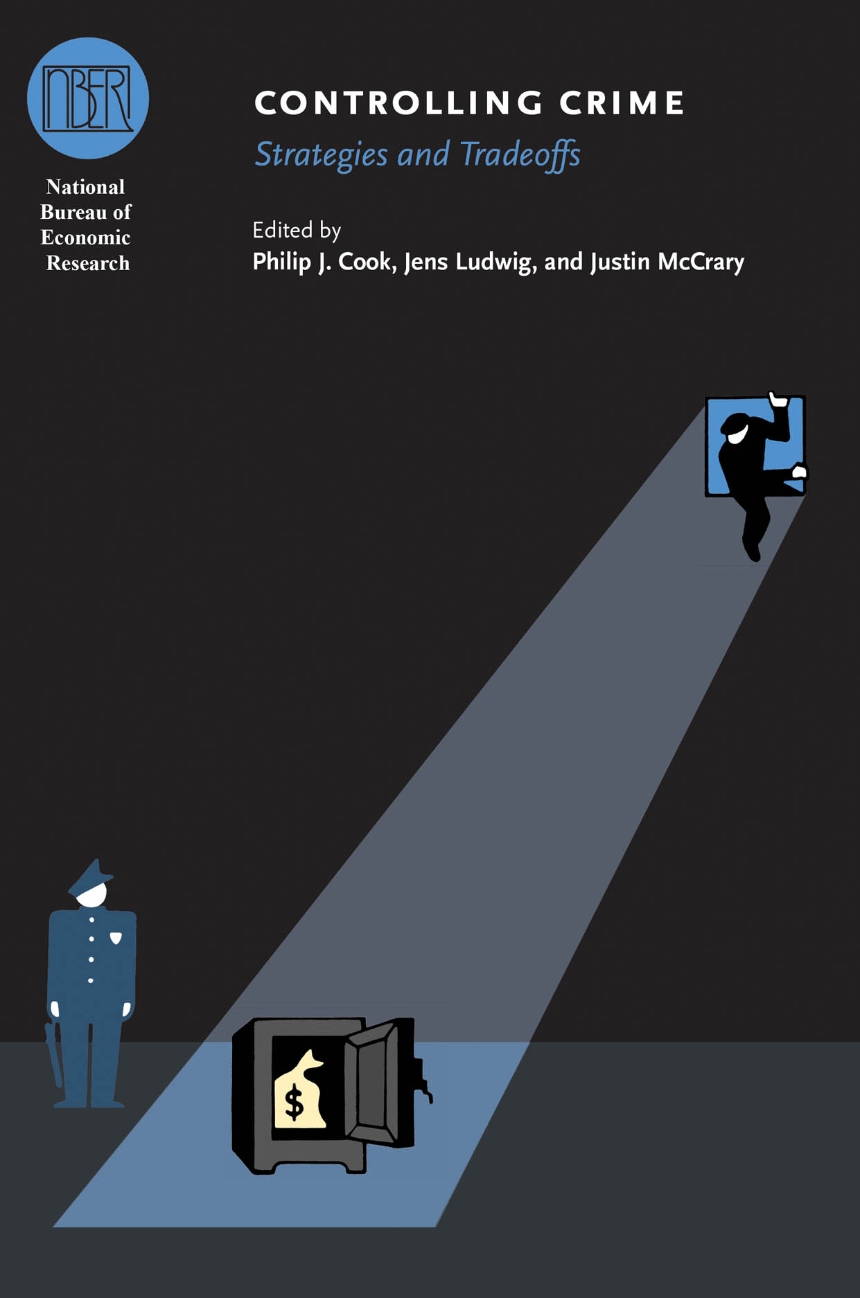Controlling Crime
Strategies and Tradeoffs
Criminal justice expenditures have more than doubled since the 1980s, dramatically increasing costs to the public. With state and local revenue shortfalls resulting from the recent recession, the question of whether crime control can be accomplished either with fewer resources or by investing those resources in areas other than the criminal justice system is all the more relevant.
720 pages | 55 line drawings, 41 tables | 6 x 9 | © 2011
National Bureau of Economic Research Conference Report
Economics and Business: Economics--Urban and Regional
Political Science: Public Policy
Sociology: Criminology, Delinquency, Social Control
Table of Contents
Economical Crime Control
Philip J. Cook and Jens Ludwig
I. Criminal Justice Reform
Steven N. Durlauf and Daniel S. Nagin
Anne Morrison Piehl and Geoffrey Williams
Comment: David Alan Sklansky
Harold Pollack, Peter Reuter, and Eric Sevigny
Comment: Jonathan P. Caulkins
Richard G. Frank and Thomas G. McGuire
Comment: Jeffrey Swanson
II. Regulation of Criminal Opportunities and Criminogenic Commodities
John J. Donohue III, Benjamin Ewing, and David Peloquin
Comment: Robert J. MacCoun
Christopher Carpenter and Carlos Dobkin
Philip J. Cook and John MacDonald
III. Social Policy
Patrick L. Hill, Brent W. Roberts,
Jeffrey T. Grogger, Jonathan Guryan, and Karen Sixkiller
Comment: Kenneth A. Dodge
Sara B. Heller, Brian A. Jacob, and Jens Ludwig
Comment: Ilyana Kuziemko
Lance Lochner
Comment: Justin McCrary
Steven Raphael
Comment: Jeffrey Smith
Seth G. Sanders
Comment: Terrie E. Moffitt and Stephen A. Ross
Contributors
Author Index
Subject Index
